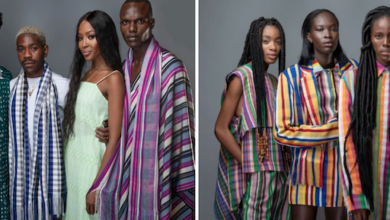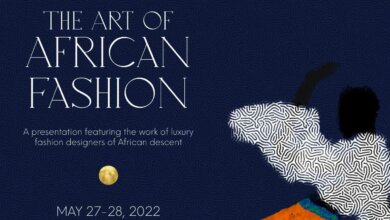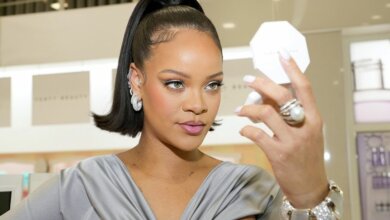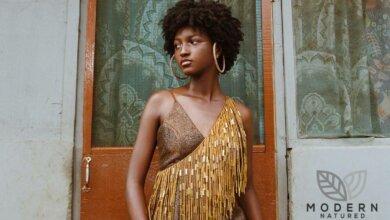Clinking glasses and Euphoria: the wealth of Creativity that abounds in Ghana
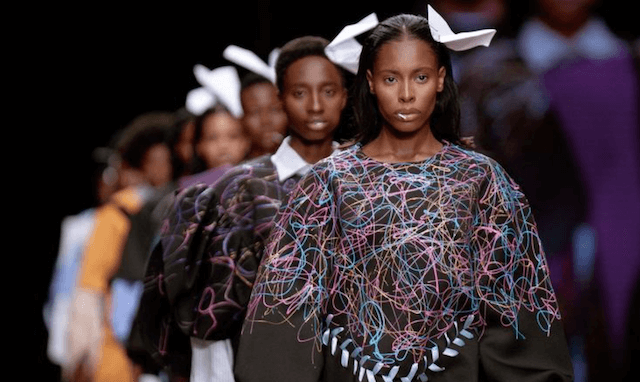
Sultry weather and misty blues are some of the many things that constitute the beautiful ambiance that makes Ghana one of the most unforgettable places in West Africa. Besides that, a great number of stories that sum up the hierarchy and history of Ghana, the country abounds in creativity and the zeal for craftsmanship.
Beginning with the fishermen on the beach shores of Accra, to the Kente weavers in the Ashanti and the Ewe ethnic groups. Creativity has been known to be one of the leading influences in Ghanaian society.
A keen observer can note primarily the affluence attached to the Ghanaian culture. It stems greatly from a dynamic and creative perspective that reigns candidly in the minds of almost every Ghanaian. The systematic surge in creative ambitions began with the gain of independence that led many to appreciate and understand the layers of beauty the country was built upon.
In place of western frocks and attached satin gloves, the Ghanaian population after the cultural purge embraced the many forms of the traditional style. A phenomenon that led to various creative ambitions varying in designs. In modern Ghana, the country thrives in the wealth, though unwholesomely, of such creatives. Fabric and fashion designers are sought internationally daily, and the work of equally talented local artisans continues to inspire.
The inspiration derived resulted in shaping the way the Ghanaian story is being told. Many rising fashions and fabric designers are shaping society in their own way, presenting styles of clothing that beg to change the narrative.
Read also: Are you reading the fashion room for 21st Century Minimalist Trends?
For example, a creative Ghanaian-born designer, Papa Oppong (@papaoppong on Instagram) has been in the spotlight. His compelling and graphic show presented the Ghanaian story in an impeccable light with a touch of edge. It was showcased as an MFA collection, and made its way to the pages of CFDA, granting him an entry for New York Fashion Week.
From his perspective, Papa Oppong draws the normal Ghanaian woman with a flourish that showcases a series of extravagant cuts and supreme confidence. They connect the influence of local settings with foreign ambiances. Likewise, the fashion artistry of Steve French, (@steviefrenchie on Instagram), depicts the Ghanaian aura in soft hues of purple and orange that Vogue showcased in a recent article.
Besides the emphatic rise to international fronts and beyond, the society is not completely rid of other major creative designers who are shifting the style and decadence of the Ghanaian community. In a moderate amount of class, Rayaw by Asante, a local designer portrays a sophisticated version of the urban look in both women and men.
The kente weavers of Ghana are the nation’s true artisans who capture the spirit of the country. Threads of red, green, and gold are never missed.
To conclude the works of the local artisans, fabric designers, are the true pioneers of this era. A diligent display of their works depicts the true aura of Ghana with minimal influence of foreign education. The works of the local artisans are usually considered as directly post-independence as they directly draw strength from the actual stories of independence, the struggle for freedom, and the routines of daily living.
The stories are outlined in the designs of the local fabrics. A stroll through the bustling streets of Accra on a typically sun-drenched afternoon brings into sharp focus the various stalls brandishing arrays of brightly colored printed clothes.
Some names of locally printed Ghanaian clothes that have transcended to inspire the variety in our tastes today:
Sugarcane
Sika Wo Antaban (money has wings)
Nsubra (a well)
Highlife
Angelina Cloth
A B C
Day and Night
Fish Scale
The Household gravel
Don’t get married empty-handed; amongst many others.
Their stories date back to time immemorial, and their creativity continues to revolutionize a beautiful experience.
Written by CHARLES KWESI NIMAKO JUNIOR / edited by Arakunrin Lekan
Oral Ofori is Founder and Publisher at www.TheAfricanDream.net, a digital storyteller and producer, and also an information and research consultant.


